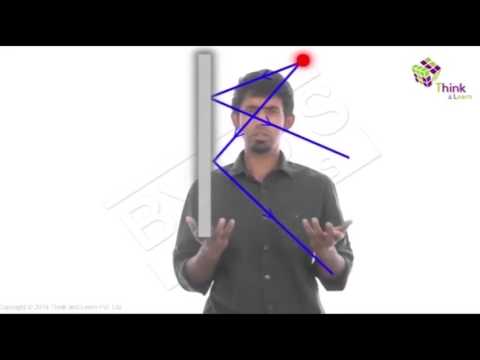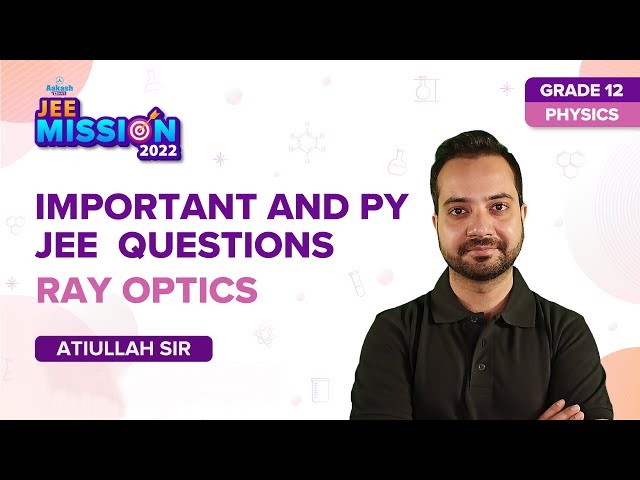We are back with the next article on the ray optics series. This time, we will be focusing on plane mirrors that you’ve been studying for a while.
In the video given below, we will introduce you to the concept of real and virtual images. We will also explore the properties of real and virtual images with the help of interesting examples and exercises.

Some Important Properties
To revise the topic, let us revisit these properties briefly.
1) Properties of real images
- Real images are formed by the actual intersection of light rays coming from a source,
- Real images can be caught on the screen,
2) Properties of virtual images
- Light rays coming from a source do not actually converge in the case of a virtual image but appear to be coming from a single point to the human eye.
- Virtual images cannot be caught on the screen.
3) Properties of the image formed by the plane mirror
- The images are virtual and erect.
- They are laterally inverted with respect to the original image.
- They are located at a distance equal to the distance of the object from the mirror.
With interesting illustrations and examples, we are sure to make these topics simple and fun! Watch the video to grasp the concept better, and do not forget to comment and share it with your friends.
Recommended Videos
Ray Optics – Important Topics

Ray Optics – Important Questions

Frequently Asked Questions on Plane Mirror
In optics, what is a plane mirror?
A plane mirror has a flat reflective surface.
List the characteristics of a plane mirror.
1. The images formed by the plane mirror are upright and virtual.
2. The distance of the object and the image are the same.
3. Object and image are of the same size.
What are the uses of plane mirrors?
- Looking glass/mirror
- Solar cooker
- Periscopes
- Kaleidoscope
Comments